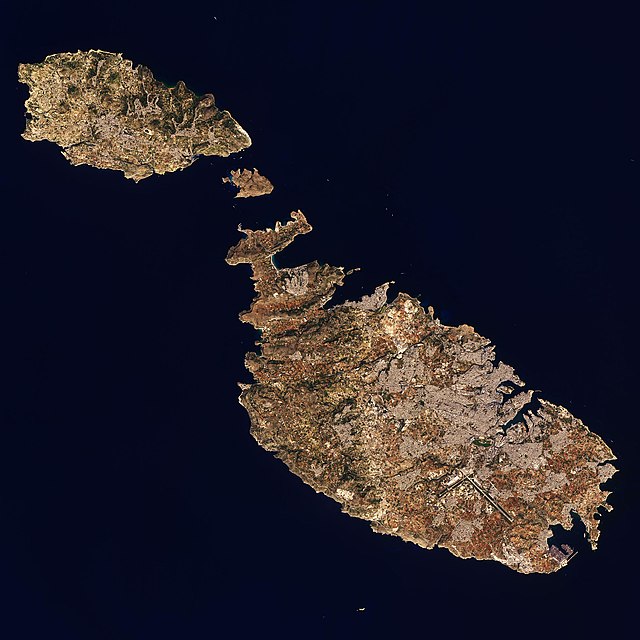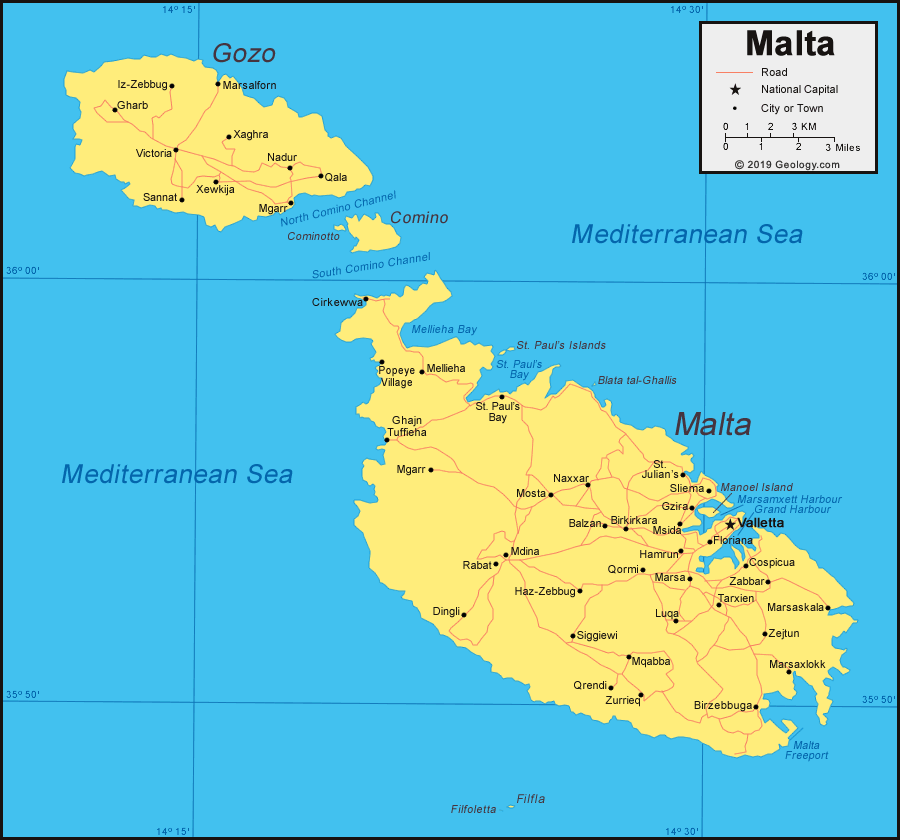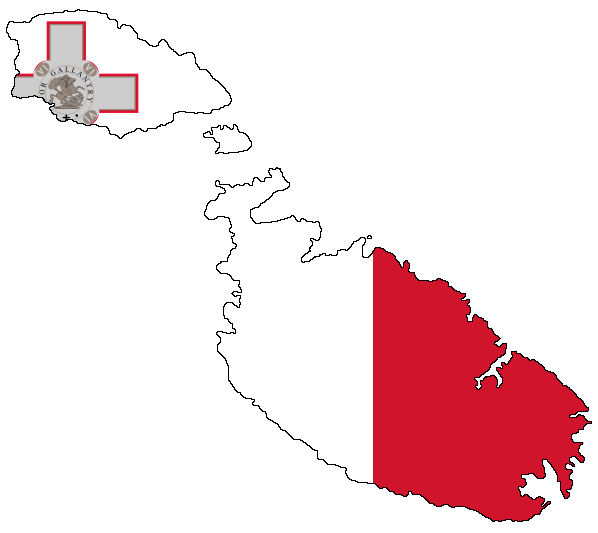In this article:
- Water Services Corporation’s trenching works uncover a Roman structure in Malta
- The structure is believed to be a 1,700-year-old Roman water cistern
- Malta’s Superintendence of Cultural Heritage praises the corporation for its attentive approach to its discovery
- Recent discoveries of Roman structures reveal the importance of Malta’s role in ancient Mediterranean trade
1. Uncovering the Roman Structure
During routine trenching works in Malta, the Water Services Corporation stumbled upon an archaeological treasure: a Roman water cistern estimated to be around 1,700 years old. This unexpected find was made as part of an ongoing water upgrade program.
The uncovered cistern is an impressive oval-shaped structure, skillfully carved directly into the rockface by ancient Roman engineers. Its well-preserved construction is a testament to the advanced engineering techniques of the Roman era. The cistern was lined with a water-resistant concrete, an innovative material at the time, showcasing the Romans’ profound understanding of water management and their mastery over architectural durability.
The structure is large, with approximate dimensions of 10 meters in width and 12 meters in length. The exact depth of the cistern remains a mystery as exploration and research into this ancient site continue. Archaeologists and historians are eager to fully uncover and document the structure’s dimensions and construction techniques, hoping to glean more insights into the water management systems of the Roman era.
This significant discovery was made during the corporation’s trenching operations, a procedure that could potentially harm or destroy such an ancient structure. However, the corporation’s vigilant and sensitive approach to the discovery was laudable.
Their immediate recognition of the structure’s historical significance and their careful handling of the excavation ensured that the Roman cistern was protected from any damage. This approach allowed for a smooth transition from a utility project to an archaeological investigation, ensuring the preservation of Malta’s rich and extensive history.
2. Malta’s Cultural Heritage Praises the Corporation
The Malta Superintendence of Cultural Heritage, a prominent organization dedicated to safeguarding Malta’s rich and diverse cultural patrimony, publicly commended the Water Services Corporation for their vigilant and conscientious conduct during their operations.
The corporation’s prompt alert to the authorities about the discovery of the ancient Roman water cistern was a critical move in preserving the site. Not only did this allow the authorities to secure and protect the site, but it also facilitated the seamless integration of archaeological investigations into the ongoing works.
This exemplary action by the Water Services Corporation underscores the importance of collaboration between construction entities and heritage organizations in preserving historical artifacts. Such practices are essential in ensuring that Malta’s rich cultural heritage remains intact and accessible for future generations, further reinforcing the nation’s identity and significance in the historical narrative of the Mediterranean.
3. Malta’s Role in the Ancient Mediterranean Trade
Unearthing Roman structures in Malta is not an uncommon occurrence, a testament to the island’s rich historical past as a significant hub in ancient Mediterranean trade routes. Malta’s strategic position made it a vital supply point, a fact well recognized by the Roman Empire. Discoveries such as this 1,700-year-old cistern shed light on Malta’s integral role in this vibrant period of history, offering a tangible connection to the past.
This recent find joins the growing roster of Roman structures in Malta, including renowned sites like the Hal Saflieni Hypogeum and the St Paul’s Catacombs. These archaeological treasures reinforce Malta’s historical significance during the Roman era. Each discovery adds another piece to the intricate puzzle of Malta’s past, enhancing our understanding of the island’s cultural heritage and its role in shaping the Mediterranean region’s historical trajectory.
Conclusion:
In conclusion, the uncovering of this Roman cistern underscores the enduring relevance and promising future of archaeological exploration in Malta. The proactive role of the Water Services Corporation in preserving this artifact of Malta’s historical legacy sets a commendable precedent for future endeavors that may encounter such cultural treasures. Their responsible actions underline the importance of integrating heritage preservation into construction and development works.
The true beauty of Malta is not solely found in its picturesque landscapes and idyllic coastlines but also in the depth of its historical roots, nestled in the very soil of the island. Each archaeological find, such as this Roman cistern, adds another layer to the intricate tapestry of Malta’s cultural narrative, bringing its ancient past to life and enriching the present.












